Gangotri, a shrine nestled in the Garhwal Himalayas of Uttarakhand, India, is recognized as a symbol of divine power and unfathomable natural beauty. It is the confluence of the ancient rivers; Jamuna (Yamuna), Saptakshi (Saptasar), and Ganga. Nevertheless, picking the best time for Gangotri is critical for you to enjoy your trip. This article tells you how to plan your trip to Gangotri, considering climate conditions, religious ceremonies, and activities that suit different tourists’ tastes.
Spring: April to June
Spring with its beautiful seasonal changes and receding snow gives way to a live area of the Gangotri region dotted with various flora and fauna. Here’s why spring is a favorable season: Here’s why spring is a favorable season:
- Mild Weather: The weather in spring is cool with day temperatures from 6 to 16 degrees and this makes it a perfect time for outside activities and a visit to the temple.
- Blossoming Beauty: The valley is bursting with blossoms of vigorous wildflowers and an excellent view. Rhododendrons, irises, and several other exotic flower types cover the entire region. This makes it a brilliant place for nature photographers.
- Trekking Opportunities: By setting out on the Gangotri-Gaumukh trek during spring, trekkers will enjoy what is probably the most beautiful time of the year; when the trail becomes comfortably accessible once the snow starts melting. It presents spectacular scenarios of the Gangotri glacier and surrounding peaks.
Summer: June to September
During the summer months, Gangotri is at its peak in terms of the influx of tourists who come to explore for their spiritual and adrenaline purposes. Here’s why summer is a popular time to visit:
- Pleasant Days, Chilly Nights: Temperatures go as low as 15°C and high as 25°C during the daytime. This makes recreation comfortable for all people. On the other hand, nights can be cold, so you must wear warm clothes.
- Trekking and Adventure: The higher altitudes and trails are under the open sky, enabling people to visit tourist places such as Tapovan and Nandanvan. Besides, rafting and camping on the Gangotri route are usually more favored.
- Ganga Dussehra: The Ganga Dussehra festival, which is celebrated in June, has immense spiritual meaning. Pilgrims get ritual baths in the frigid waters of the Ganga to wash away their sins.
- Lush Greenery: In springtime when nature is at its most abundant, the forests serve as a picturesque setting for your outdoor experiences. This is also an excellent time for wildlife lovers who can spot some rare wildlife species like musk deer and Himalayan Tahr.
Monsoon: July to September
The monsoon is characterized by heavy rainfall in Gangotri and thus is not a very favorable time for tourism. However, there are some unique aspects to consider:
- Challenging Conditions: A season of monsoon is not suitable for people who are traveling as a leisurely tourist because there a landslides, slippery trails, and the possibility of flash floods. The area becomes hazardous concerning the occurrence of natural disasters; therefore, it is not wise to visit the area at that time.
- Lush Greenery: The monsoon makes the green region into a lush and green paradise where the waterfalls freely fall from mountainsides. The scenery is breathtaking but the obstacles to accessing it are numerous.
- Adventurous Treks: Seasoned trekkers might find conditions suitable for high-level treks, however only if they’re faring well with bad weather and trail closures.
Autumn: October to November
One remarkable aspect autumn offers in Gangotri is the happy balance of favorable weather, greenery after monsoon, and a serene atmosphere. Here’s why it’s a great choice:
- Crisp and Clear Days: The sky during autumn is mostly clear with nice daytime temperatures between 10°C and 20°C. This is the best of all time to enjoy outdoor activities.
- Less Crowded: The autumn season is a quiet time in Gangotri as the peak tourist season comes to an end with the disappearance of summer. Having a place where you can just be calm without any noise or busy streets is the only thing you would ever want.
- Post-Monsoon Greenery: The greenery is still flourishing all over the place giving a breathtaking view of the mountainous countryside which is adorned by snow-capped peaks.
- Trekking and Adventure: Travelers can explore the area without the summer crowds. Paths are well-marked, and the weather is fine for trekking.
Winter: December to March
The weather in Gangotri during winter is nothing short of harsh, with blistering cold and heavy snowfall. This season is primarily for adventure seekers looking for a unique experience:
- Extreme Cold: The daytime temperature generally hovers at the mark of 5 to 10°C, with the minimum dipping to substantially low levels after nightfall. Only those who can stand cold temperatures should think about visiting during these months.
- Snow Sports: Winter lovers can also enjoy snow-related activities like skiing, and snowboarding among other sports in other nearby areas. Yet, behind the scenes, the road is often difficult to pass through because of too much snow.
- Secluded Retreat: The place becomes very isolated and quiet during the winter season with boundless space for meditation and peace.
Conclusion
The most favorable season for the arrival in Gangotri may be summer with its throbbing spiritual environment, the changing kaleidoscope of colors in spring and autumn, and winter which is the best one if you like solitude and excitement. Each season is unique in its own way presenting many different kinds of experiences. For a more effective outcome, try to plan your trip and be sure you know what you want to do and the conditions that correspond with your interests of choice. Regardless of which season you choose, the natural beauty and spiritual significance of Gangotri will unfailingly leave a mark on you.
FAQ
Q-1: Tell me when the right time is for a visit to Gangotri in a pilgrimage to Gangotri Temple.
Ans: The Gangotri Temple generally opens up to tourists from the end of April to early May and closes from October through November. Thus, the time that is most suitable for a pilgrimage should be arranged during the late spring and early summer months when the temple opens its doors to the people.
Q-2: Is the suitable time for a go of Gaumukh Glacier from Gangotri Gaumukh at 3.00 am winter time?
Ans: The most suitable period for the Gangotri-Gaumukh trek is from late spring to summer and from September to early fall, i.e. May, June, and September to early October. Through these months, the snow has already melted, and the paths are now passable.
Q-3: What are the spiritual events in Gangotri that need to be looked into before planning my visit?
Ans: Of course, the festival of Ganga Dussehra, celebrated in June, is seen to have high religious values in the city of Gangotri. A lot of tourists come during this period to do a customary rite in the sacred Ganges River.
Q-4: Should monsoon be the time to visit Gangotri for adventure activities or not?
Ans: The hazard of landslides, flash floods, and passage through treacherous trails is inherent in adventures during the monsoon which is not advisable. It’s better to stay away from visiting at the time of monsoon.
Q-5: What is the climate like for Gangotri in autumn?
Ans: In the fall seasons of Gangotri, the weather stays dry and bright with mild daytime temperatures in the range of 10 to 20°C. It’s also a great time to participate in various outdoor activities and hiking.
Q-6: Is it feasible for me to trek to Gangotri in the winter?
Ans: To be sure, even in winter, Gangotri can always receive those who are fond of arduous and cold adventures. The Gangotri Temple has shut down during the season, but the region provides rare solitude and dazzling sports events like skiing and snowboarding.
Q-7: When is Gangotri less crowded?
Ans: The months of December to March and October to November are the least crowded duration in Gangotri when compared to the rest of the year. These seasons provide a relaxed and gentle nature that contrasts the busy rhythms of the summer.
Q-8: Which months provide the most opportunities for photography in Gangotri?
Ans: Following the Monsoon, spring and autumn months are the best time for photography in Gangotri. In spring the valley comes up alive with colorful flowers whereas during autumn, we can enjoy clear sky, fresh greenery, and white snow-capped mountains.
Q-9: Is visiting Gangotri during the winter season safe?
Ans: A winter visit to Gangotri becomes safe if you are adequately acclimatized to and are an expert in snow and cold weather conditions. Nevertheless, it is important to think about the winter road closures and limited access to the areas when planning your winter visit.
Q-10: What is the best season for wildlife lovers to see Himalayan animals in Gangotri?
Ans: Summers, as well as autumn, are the best seasons to be in the Himalayas of Gangotri for the wildlife explorer. The green scenery and clear weather make it possible to watch animals such as musk deer and Himalayan Tahr.

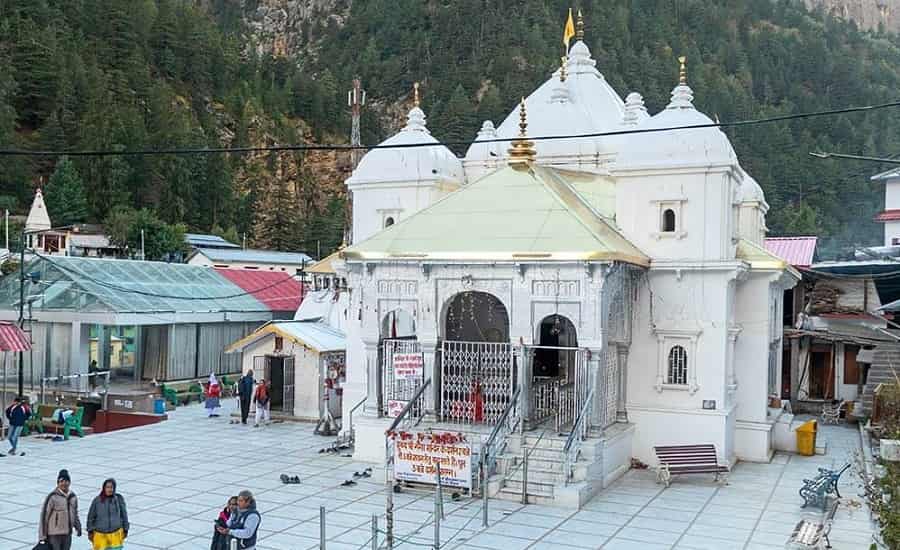

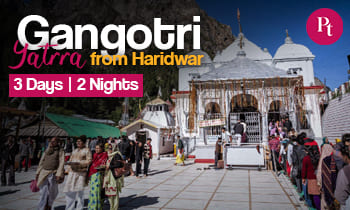
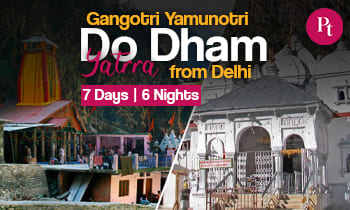

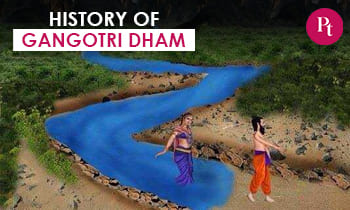
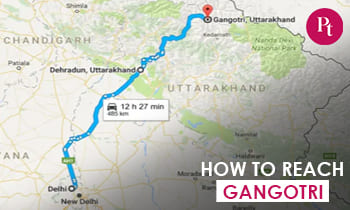
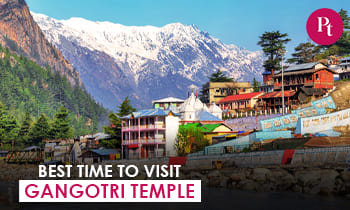

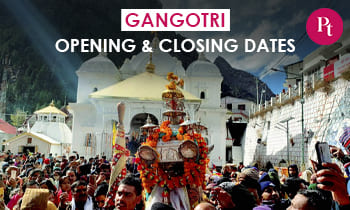
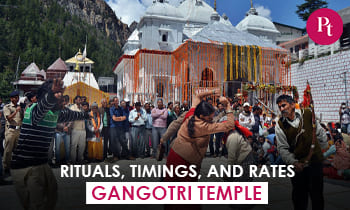
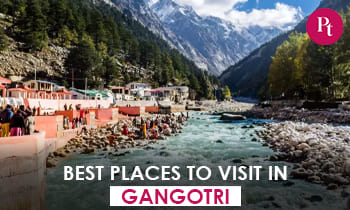
 Call
Call WhatsApp
WhatsApp Enquiry
Enquiry